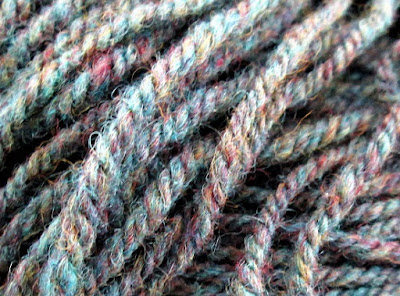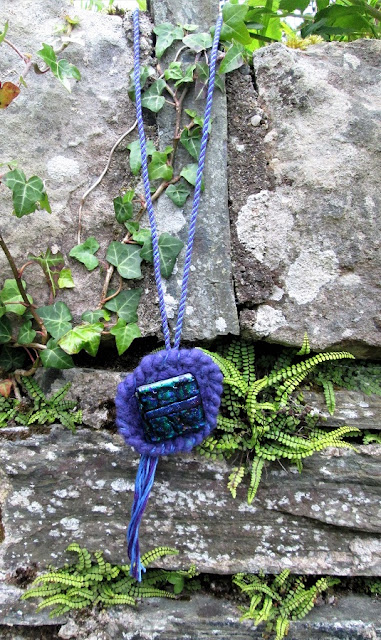Speaking of Thich Nhat Hanh, he led off my June reading list, which was, as usual, eclectic. Here's the first part:
Love Letter to the Earth by Thich Nhat Hanh
This book is a reminder, from the perspecive of a Buddhist monk that we are inextricably connected to the natural world, but that we forget this connection, take a great deal for granted, and harm ourselves in the process.
Death in a White Tie by Ngaio Marsh
I’d finished the physical book I’d brought when we went away for a few days, so turned to my e-reader, picking up where I’d left off in Ngaio Marsh’s Roderick Alleyn series. I finished one of those books and started this one, finishing it after we got home. In this book, women are being blackmailed and Alleyn enlists the help of a friend of himself and many of the other people involved to help catch the culprit. At a dinner dance at one of the society houses, the friend does this, but does not make it home. This one is personal for Alleyn and most of the other people involved.
Promised Land: Poems from Itinerant Life by Andre Naffis-Sahely
I check the poetry collection in the e-book section of the library periodically to see if there is anything new. Upon reading this description, I decided to borrow the book:
‘Flitting from the mud-soaked floors of Venice to the glittering, towering constructions of the Abu Dhabi of his childhood and early adulthood, from present-day London to North America, André Naffis-Sahely's bracingly plain-spoken first collection gathers portraits of promised lands and those who go in search of them: labourers, travellers, dreamers; the hopeful and the dispossessed.’
True Refuge: Finding Peace and Freedom in Your Own Awakened Heart by Tara Brach, PhD
I used to listen to this woman’s podcasts years ago, but then stopped. I recently came across the podcasts and started listening to her again as I work on some creative blockages in my life. When I was looking her up, I saw a blurb about this book, so did a library search, found it, requested it, and waited for it to arrive at my local branch. What I liked best about the book was the personal stories that she used to illustrate her points. Bill and I used to teach life story classes and help people preserve their stories, so I recognize the power they have to teach the teller and the listener/reader the power of the possible.
Silence in the Age of Noise by Erling Kagge
I learned of this book when a friend sent me an article in The Guardian about the author’s latest book, which is about walking. In that article, they mentioned this book and I requested both. This one came in first.
By silence, Kagge does not mean only the absence of noise, although that’s part of what he writes about. He also writes about art, science, class, nature, wonder, curiosity, distraction, being overly busy, boredom, and the inability of many people to sit quietly with themselves. He discusses one experiment in which people were given an electric shock so they would understand how painful it was. everyone agreed it was very painful and something they would want to avoid. Then they were placed alone in a room with nothing to do. The only way they could stop being alone was to press the button and give themselves the electric shock they said they would try to avoid. Most people gave themselves the shock, deciding that was preferable to any more time alone with themselves.
This is a slim volume and he does not go into great depth about any of his thoughts. Rather, he muses about one thing and then moves on to the next. He draws on some of his own experiences, exploring the Arctic and Antarctica, doing some urban exploring with a friend in the New York City sewer system and under bridges, and other such journeys. He does provide a lot to think about and I am so glad I found out about this book. It’s worth the read.
 |
| blooming in spite of the obstacles |

















































